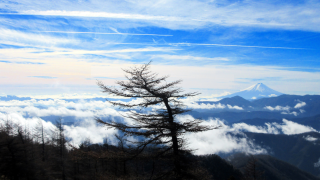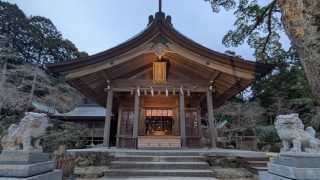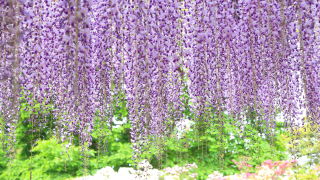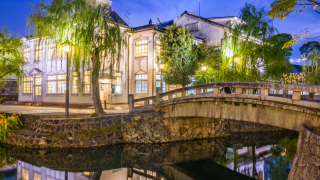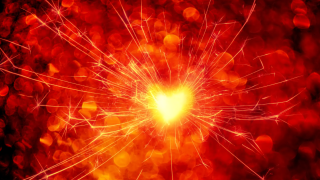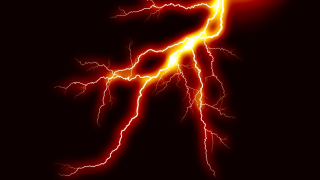 CONTENT
CONTENT Sacred Demon Slayer Spot “Katsuragi Niimasu Honoikazuchi Shrine (Nara)” A Shrine Bearing the Name of Zenitsu Agatsuma’s Technique “Honoikazuchi”
Katsuragi Niimasu Honoikazuchi Shrine enshrines gods of thunder and fire, blending its ancient traditions with modern pop culture through Demon Slayer. For Zenitsu fans, it is a must-visit sacred spot offering a unique experience.

